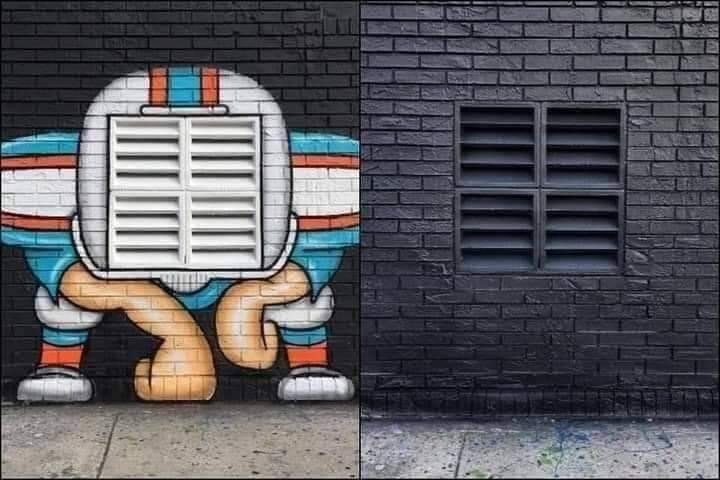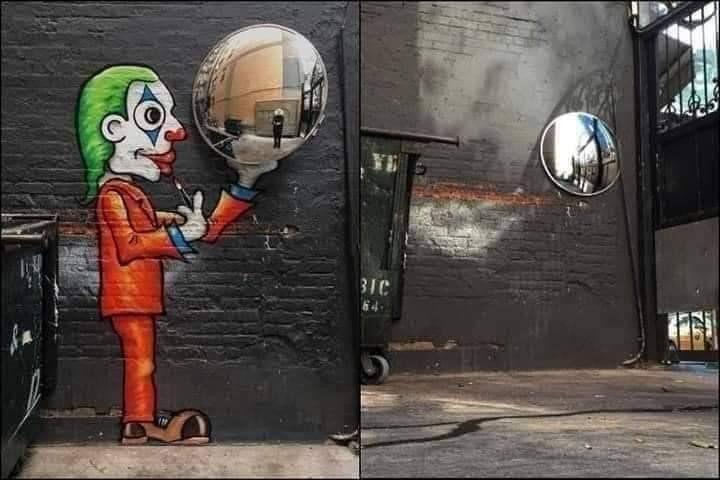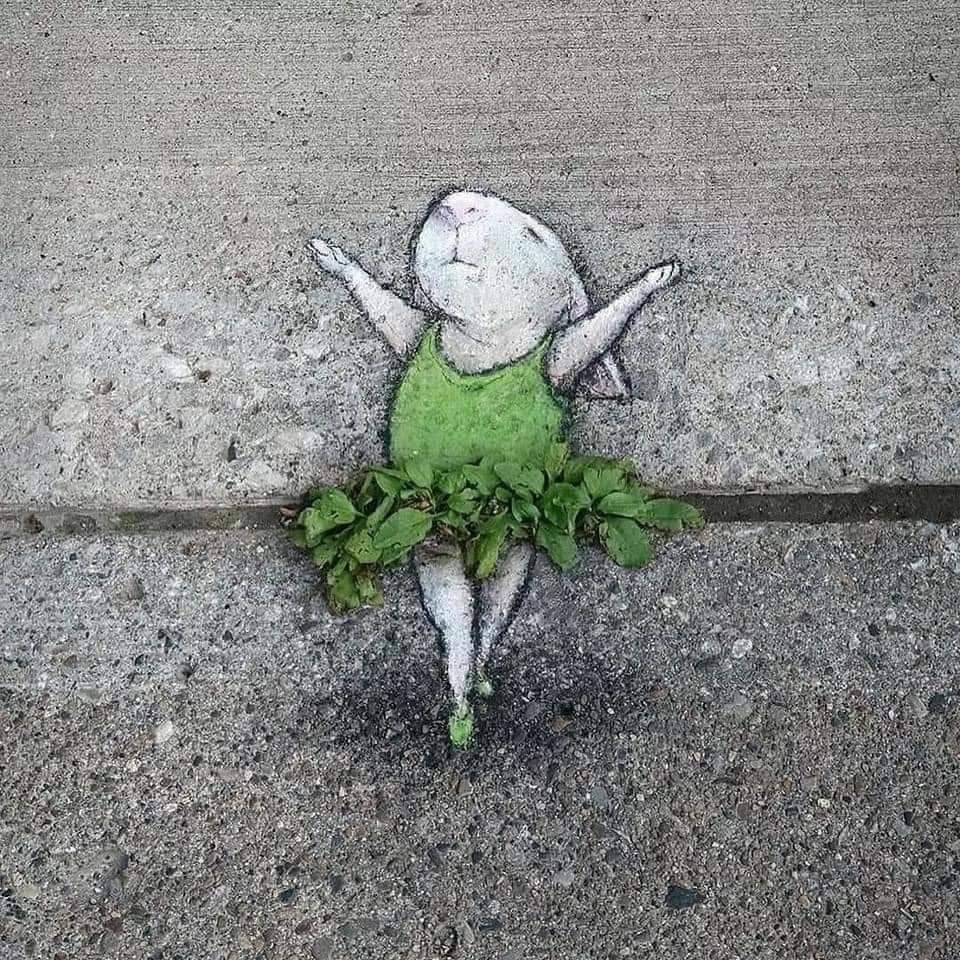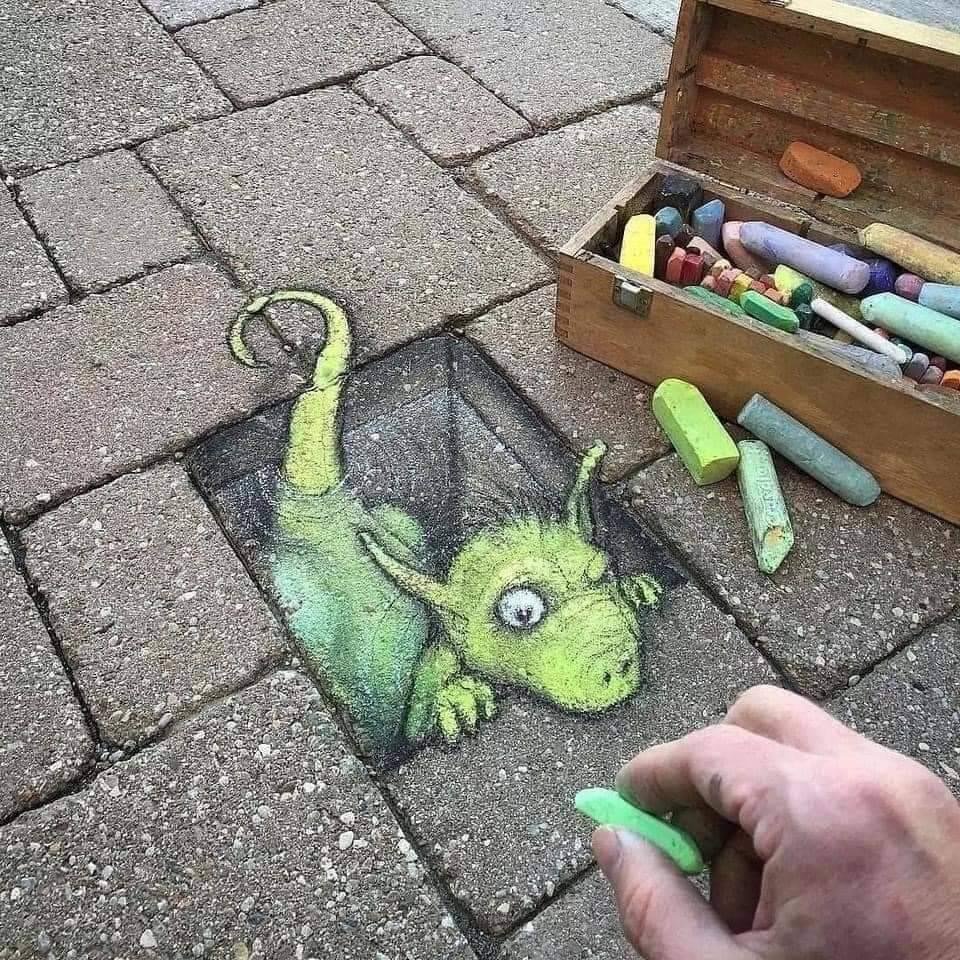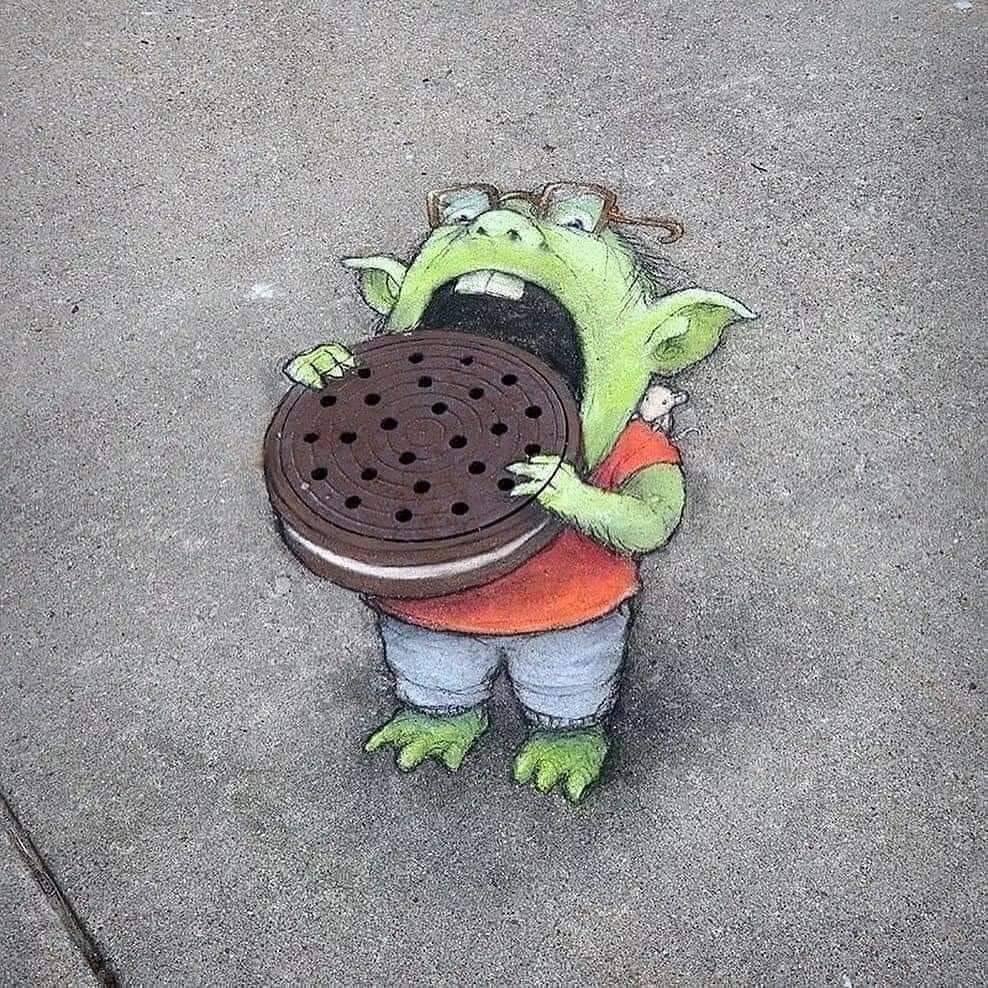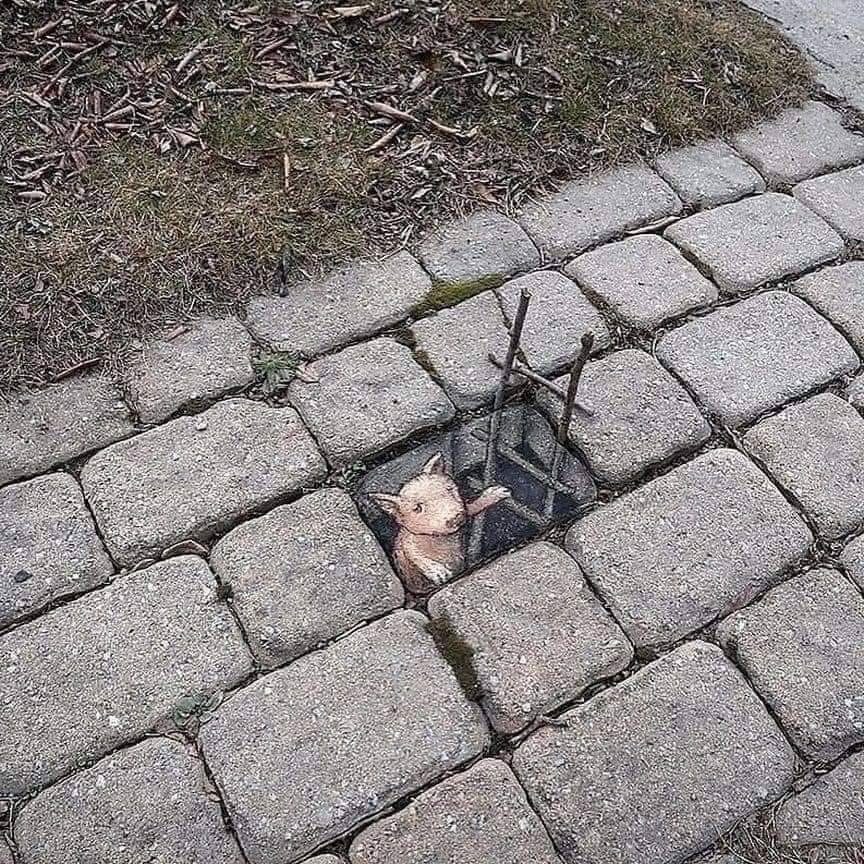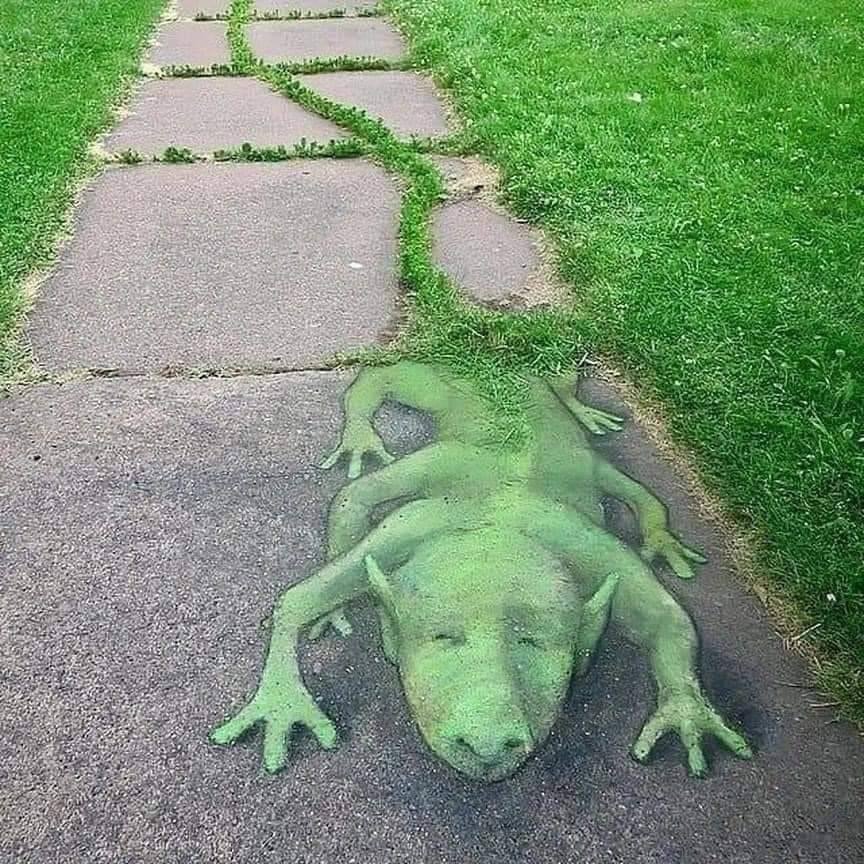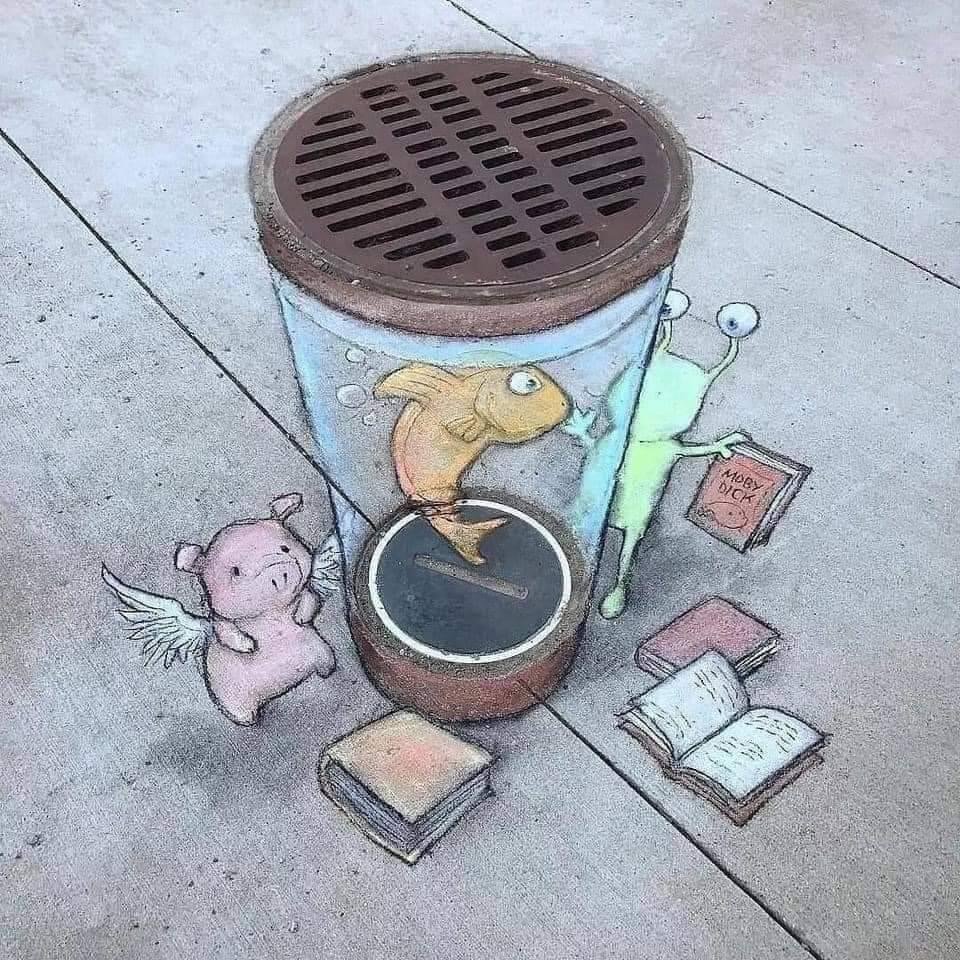In the heart of our bustling cities lies an untapped canvas, waiting to be transformed by the power of creativity and imagination. Urban spaces, often overlooked and underappreciated, hold the potential to become vibrant works of art that captivate, inspire, and bring joy to passersby. Let’s explore the fascinating world of urban art installations and creative interventions that breathe new life into the mundane aspects of our daily environments.
Imagine walking down a street and encountering a playful character painted on a wall, its eyes following you as you pass by. Or picture a drab sidewalk suddenly coming alive with colorful chalk drawings that transport you to a fantastical realm. These are just a few examples of how artists and creative individuals are reshaping our urban landscapes, turning the ordinary into the extraordinary.
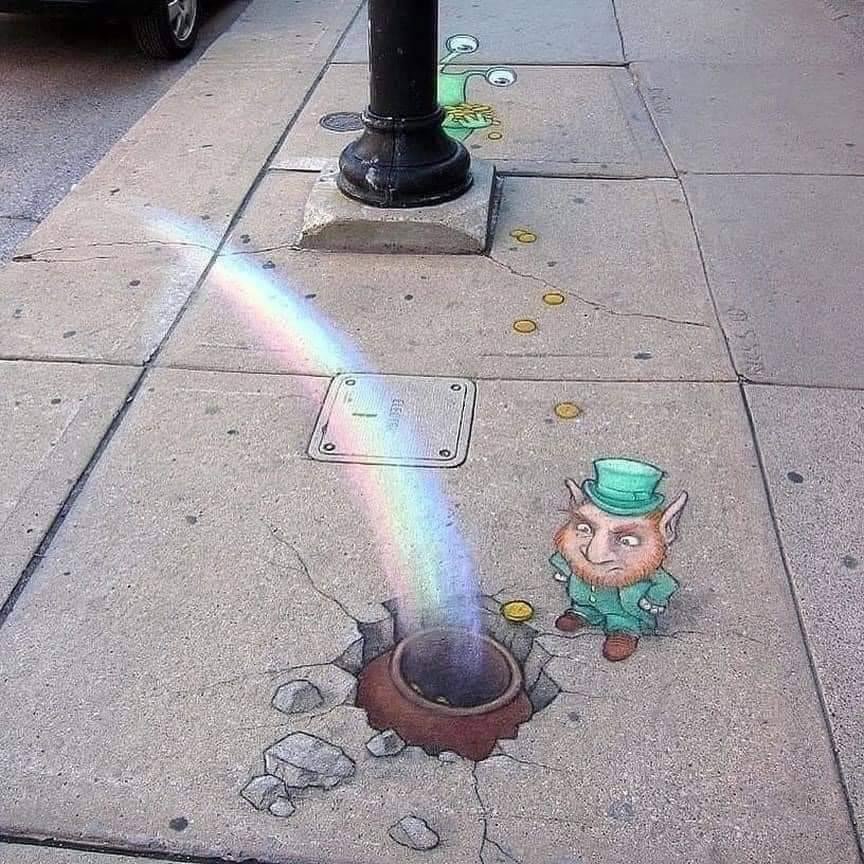
At its core, this movement is about more than just aesthetics. It’s a powerful form of communication, a way to spark conversations, and a means to challenge our perceptions of the world around us. By injecting whimsy, humor, and thought-provoking elements into public spaces, these artistic interventions encourage us to see our surroundings with fresh eyes and rediscover the magic hidden in plain sight.
One of the most striking aspects of this urban transformation is its accessibility. Unlike traditional art confined to galleries and museums, these creations are available to everyone, free of charge and open 24/7. They democratize art, bringing it directly to the people and making it an integral part of daily life. Whether it’s a mural on the side of a building, a cleverly painted utility box, or a temporary installation in a park, these works of art have the power to stop us in our tracks and make us smile, think, or simply appreciate the moment.

The impact of these urban art interventions goes beyond mere visual appeal. They have the potential to foster a sense of community and pride among residents. When people see their neighborhoods transformed by art, they often feel a renewed connection to their surroundings and a greater sense of ownership over public spaces. This can lead to increased engagement in community affairs and a stronger desire to preserve and improve local environments.
Moreover, these creative projects can serve as catalysts for social change. By addressing important issues through art, artists can raise awareness and provoke discussions on topics ranging from environmental concerns to social justice. A simple image or installation can speak volumes, touching hearts and minds in ways that words alone cannot.
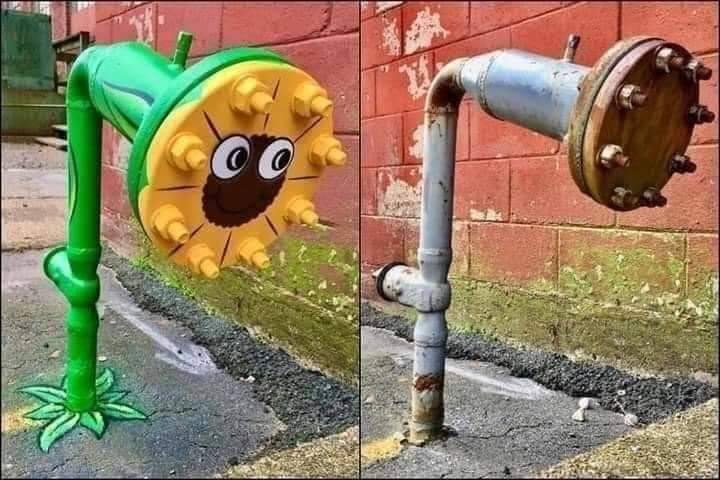
The beauty of this urban art movement lies in its diversity and adaptability. It can take many forms, from large-scale murals to tiny, hidden surprises waiting to be discovered. Some interventions are permanent, becoming beloved landmarks in their communities, while others are ephemeral, existing only for a short time but leaving lasting impressions on those who experience them.
This approach to urban transformation also encourages us to reconsider the functionality of everyday objects and spaces. A drain cover becomes a miniature stage for an imaginary creature. A water fountain transforms into a whimsical character. Suddenly, the utilitarian aspects of our urban environment take on new life and meaning, inviting interaction and sparking joy in unexpected ways.
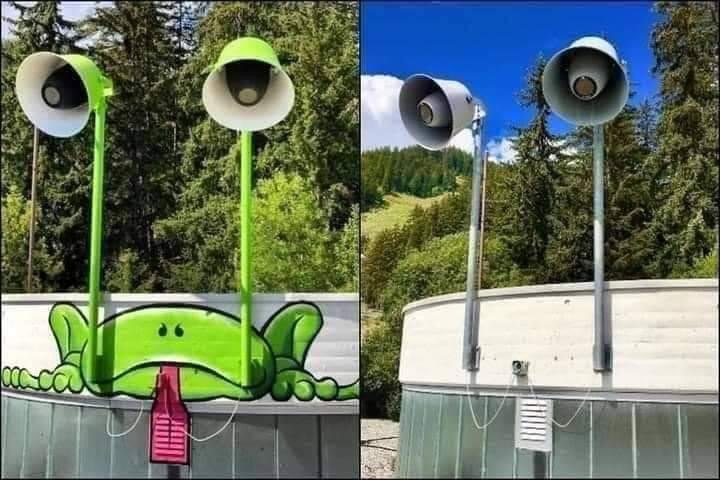
For aspiring artists and creative individuals, this movement offers endless possibilities to make a mark on the world. With little more than some paint, chalk, or even just a clever idea, anyone can contribute to the beautification and revitalization of their community. It’s a reminder that art doesn’t always require expensive materials or formal training – sometimes, all it takes is a fresh perspective and the courage to bring an idea to life.
As we navigate our increasingly digital world, these tangible, real-world art experiences become even more valuable. They ground us in our physical environment, encouraging us to look up from our screens and engage with the world around us. In doing so, they help foster a sense of presence and mindfulness, allowing us to fully appreciate the here and now.

The transformative power of urban art also extends to economic benefits. Vibrant, artistic neighborhoods often attract visitors, boosting local businesses and potentially spurring further development and investment. What begins as a simple artistic intervention can snowball into a larger movement of urban renewal and community pride.
In conclusion, the art of urban transformation reminds us of the immense potential that lies dormant in our everyday surroundings. It challenges us to see the extraordinary in the ordinary, to find beauty in unexpected places, and to actively participate in shaping the character of our communities. By embracing creativity and imagination in public spaces, we not only enhance the visual appeal of our cities but also enrich our daily lives with moments of wonder, reflection, and connection.

As we move forward, let’s continue to support and celebrate these creative interventions. Let’s encourage the artists, dreamers, and innovators who see the world not just as it is, but as it could be. For in their vision and actions lies the power to transform our urban landscapes into living, breathing works of art that inspire, unite, and uplift us all.
More images,
